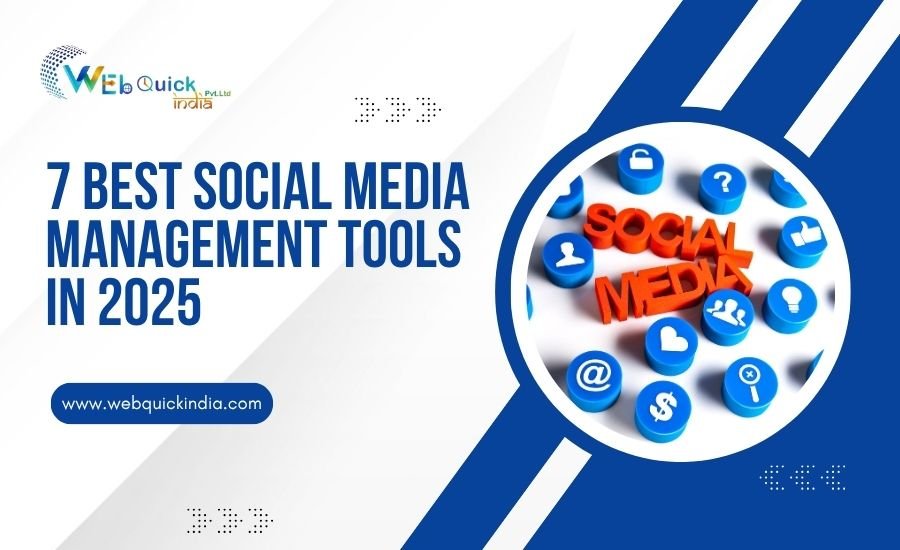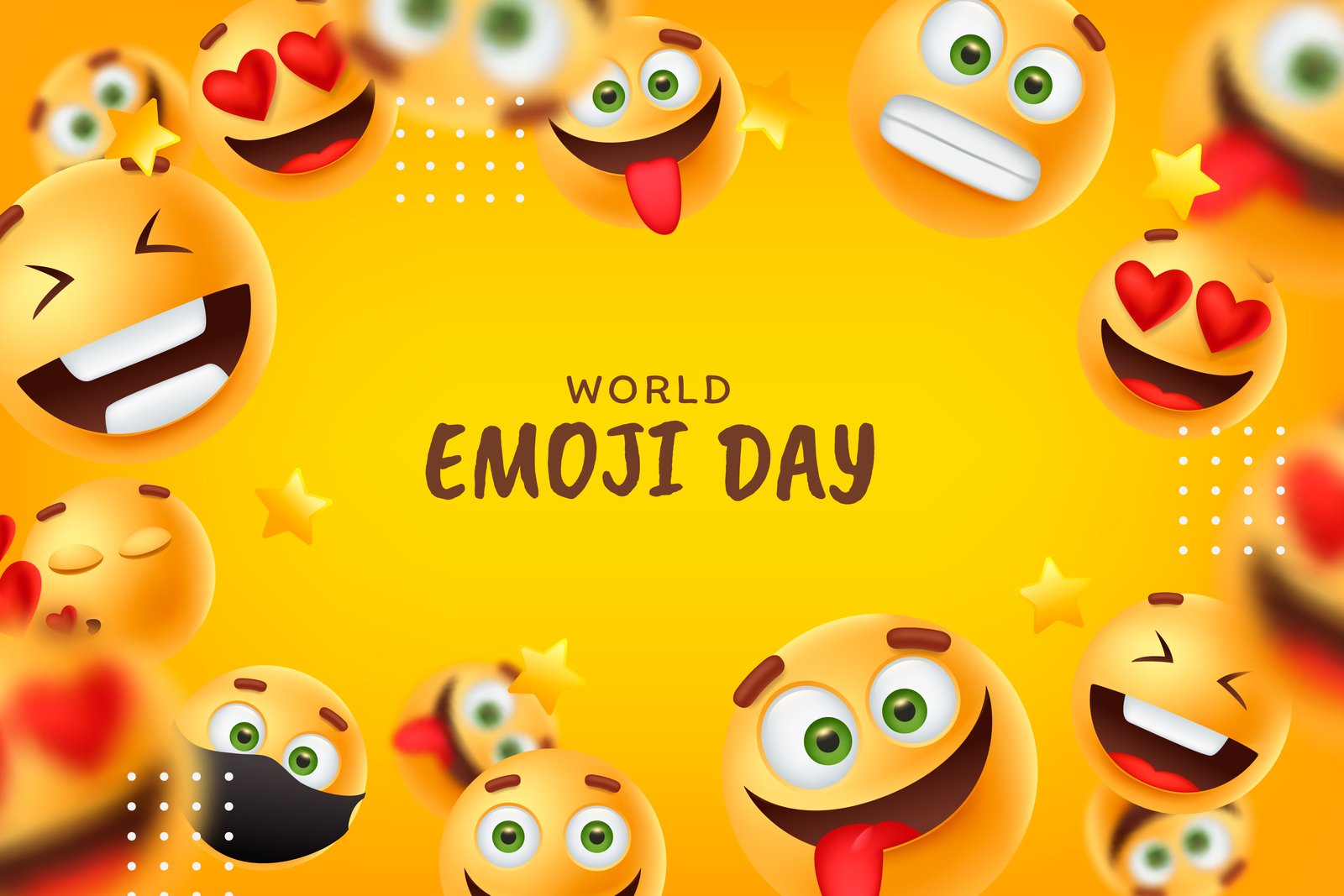
Understanding Large Language Models (LLMs) in Generative AI
In recent years, Artificial Intelligence (AI) has evolved at a rapid pace, with Large Language Models (LLMs) leading the transformation. These models are reshaping how machines understand, process, and generate human language. From chatbots and virtual assistants to automated content generation, LLMs are at the heart of today’s generative AI revolution.
Let’s explore what Large Language Models are, how they work, their types, examples, advantages, challenges, and real-world applications.
What is a Large Language Model (LLM)?
A Large Language Model (LLM) is an advanced type of artificial intelligence model designed to understand and generate human-like text based on large volumes of training data. These models learn patterns, grammar, facts, and reasoning abilities from massive datasets, often consisting of books, websites, and digital text sources.
In simple terms, an LLM is trained to predict the next word in a sentence — and through this process, it learns to generate coherent and meaningful content. The “large” in LLM refers to the enormous number of parameters (billions or even trillions) that the model uses to process language.
So, when people ask, “What is Large Language Models in AI?” — the answer is that they are machine learning systems capable of understanding, reasoning, and generating natural language, forming the core of Generative AI applications like ChatGPT, Gemini, Claude, and others.
What is LLM in Generative AI?
An LLM, in the field of Generative AI, is like an engine that drives content creation. Generative AI is a term used for AI systems that are capable of producing text, images, programming code, and even sound—and LLMs are the ones handling text and language for sure.
When you put a question to a chatbot, ask for a summary, or request something creative from an AI writer, it’s the LLM that is operating in the background. These models utilize deep learning along with neural networks to simulate human-like interaction.
To put it in simpler terms, LLMs in Generative AI are the ones that clear the way for machines to carry out interaction like humans, contexts being understood, and to generate unique, pertinent replies.
More Info Tips for Digital Marketing
Types of Large Language Models
There are different types of LLMs, each trained for specific purposes or built using unique architectures. Let’s look at some key types:
- Autoregressive Models
These models generate text by predicting the next word in a sequence. Examples include GPT-3, GPT-4, and LLaMA. - Masked Language Models
Used primarily for understanding context, these models predict missing words in a sentence. BERT and RoBERTa are prime examples. - Encoder-Decoder Models
These models can both understand and generate language, making them useful for translation, summarization, and question answering. T5 and BART are examples. - Multimodal LLMs
The newest generation of models that process not just text, but also images, audio, and video inputs — such as Gemini and GPT-4 Turbo.
Each type of LLM plays a specific role in making language-based AI more efficient and contextually aware.
Examples of Large Language Models
Several Large Language Models have gained global attention for their capabilities. Some of the most recognized examples include:
- GPT-3 and GPT-4 (OpenAI) – Known for their conversational intelligence and versatility in tasks like writing, coding, and analysis.
- BERT (Google) – Used widely in search engines and natural language understanding tasks.
- LLaMA (Meta) – A powerful open-source LLM used in research and AI product development.
- Claude (Anthropic) – Focused on safe, ethical AI responses and reasoning.
- Gemini (Google DeepMind) – A multimodal model integrating text, image, and video understanding.
These large language model examples represent how rapidly this technology is advancing across companies and research sectors.
Working of Large Language Models
To understand how LLMs work, let’s break it down step by step:
- Data Collection – LLMs are trained on massive datasets containing text from books, websites, and public records.
- Tokenization – Text is divided into small chunks called tokens (words or sub-words).
- Training Process – Using deep learning, especially transformer architectures, the model learns patterns in the data to predict the next token.
- Feedforward Layers & Attention Mechanisms – These help the model focus on relevant parts of the input and understand the context of words.
- Fine-Tuning – After pre-training, LLMs are fine-tuned on specific tasks like summarization, translation, or question answering.
In essence, LLMs include feedforward layers, attention mechanisms, and neural networks that together enable them to process and generate meaningful language.
This entire process helps the model understand, reason, and respond like a human, even without true consciousness.
List of Large Language Models
Here’s a list of notable LLMs currently shaping the AI world:
|
Model Name |
Developer |
Year |
Key Feature |
|
GPT-4 |
OpenAI |
2023 |
Advanced generative capabilities |
|
Gemini |
Google DeepMind |
2023 |
Multimodal understanding |
|
Claude 3 |
Anthropic |
2024 |
Safety and reasoning focus |
|
LLaMA 3 |
Meta |
2024 |
Open-source and scalable |
|
Falcon |
TII UAE |
2023 |
Efficient open-source model |
|
Mistral 7B |
Mistral AI |
2023 |
Compact, high-performance LLM |
|
PaLM 2 |
|
2023 |
Multilingual and reasoning skills |
This list of large language models highlights how diverse the ecosystem has become — from commercial APIs to open-source frameworks.
Popular Large Language Models
Currently, the most widely adopted LLMs around the world consist of OpenAI's GPT-4, Google’s Gemini, Meta's LLaMA, and Anthropic's Claude. They find applications in chatbot, enterprise tool, and educational platforms within various sectors.
In the case of GPT-4, it is mainly utilized in businesses for automating customer support and data analysis, whereas LLaMA and Mistral are the choices of developers for creating AI systems. It is noted that each model contributes differently to the fields of deep learning, machine learning, and understanding of languages.
Use Cases of Large Language Models
LLMs have very diverse applications in the real world among others:
• Chatbots and Virtual Assistants – They are the driving force behind conversational agents like ChatGPT or Gemini.
• Content Generation – Scriptwriting for blogs, emails, and product advertisements.
• Code Generation – Advise and debug developers with coding suggestions.
• Search and Information Retrieval – Delivering better user intent comprehension to search engines.
• Education and E-learning – Laying out adaptable, interactive learning environments.
• Healthcare – Condensing medical records or conducting natural language queries for diagnosis assistance.
• Customer Support – Dispensing 24/7 AI-powered replies.
These large language model use cases are a clear indicator of their profound integration into the modern industries.
Advantages of Large Language Models
LLMs offer several advantages that make them indispensable in the AI landscape:
- Human-like Understanding – They interpret complex queries and provide meaningful responses.
- Multilingual Capabilities – Support multiple languages with high accuracy.
- Efficiency – Automate repetitive language tasks, saving time and cost.
- Scalability – Can be fine-tuned for different industries and use cases.
- Continuous Learning – With ongoing updates, they improve over time.
Overall, Large Language Models in AI make digital communication smarter, faster, and more contextual.
Challenges of Large Language Models
LLMs are powerful, but they still have a hard time with major challenges:
• Data Bias – The outputs of the models can mirror the biases present in the training data.
• High Computational Cost – Training the models needs a lot of energy and expensive infrastructure.
• Data Privacy – There is a risk of having sensitive data inadvertently used for training.
• Explainability – The reasoning behind the LLM's conclusion is hard to comprehend.
• Dependence on Data Quality – Inaccurate or misleading outcomes are a result of poor data.
That is the reason why training LLMs requires a lot of data — diverse and high-quality datasets not only improve fairness but also enhance the reliability and performance of the models.
Frequently Asked Questions (FAQs)
1. What is a Large Language Model (LLM) in simple terms?
An LLM is an AI system trained on massive text data to understand and generate human-like language.
2. What is Large Language Model in Generative AI?
It’s the core model that enables generative AI tools like ChatGPT to create human-style text outputs.
3. Which are the most popular Large Language Models?
Some top models are GPT-4, Gemini, Claude, LLaMA, and Falcon.
4. What is Large Language Model used for?
They’re used for chatbots, summarization, translation, writing, and coding tasks.
5. Why is a large amount of data important for training LLMs?
More diverse data helps the model learn language patterns accurately and generate relevant results.
Conclusion
The impact of Large Language Models (LLMs) has been tremendous on the Artificial Intelligence and Machine Learning domains making it possible for systems to process and create human-like text in large amounts. LLMs will only get more embedded into our daily technology as the development of technology continues — from search engines, and digital helpers, all the way to business process automation systems.
At Webquick India, we recognize the potential of Generative AI and data science as the core drivers of innovation. As these technologies unfold their capabilities, the range of applications for automation, personalization, and intelligent decision-making will be infinite.












 How It works
How It works



